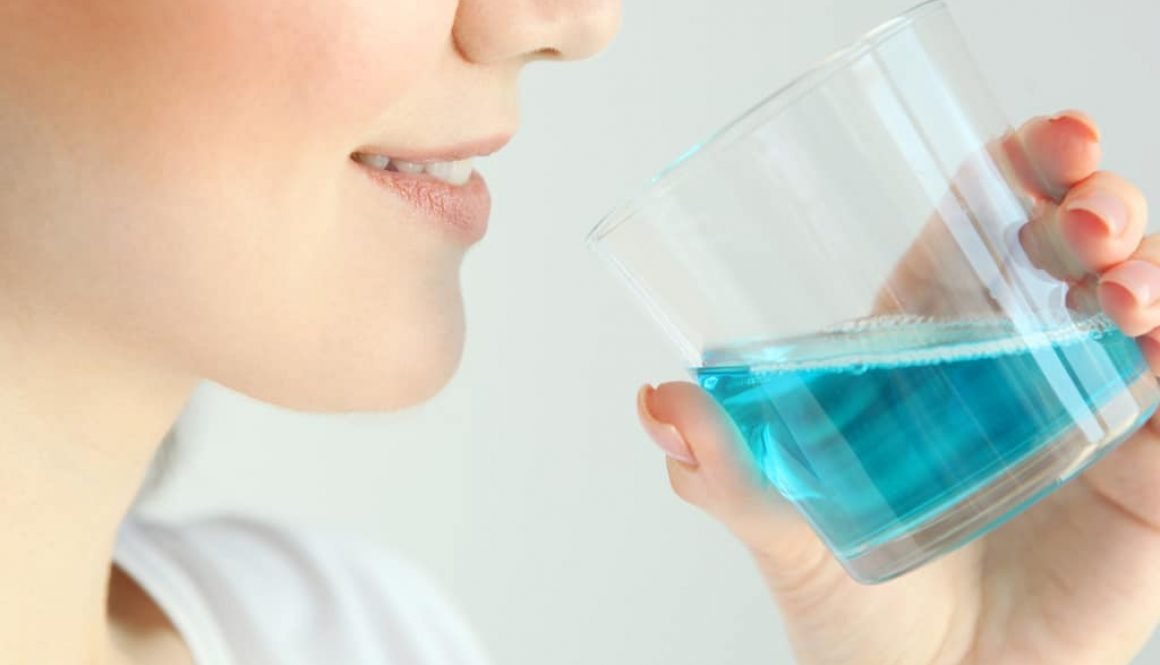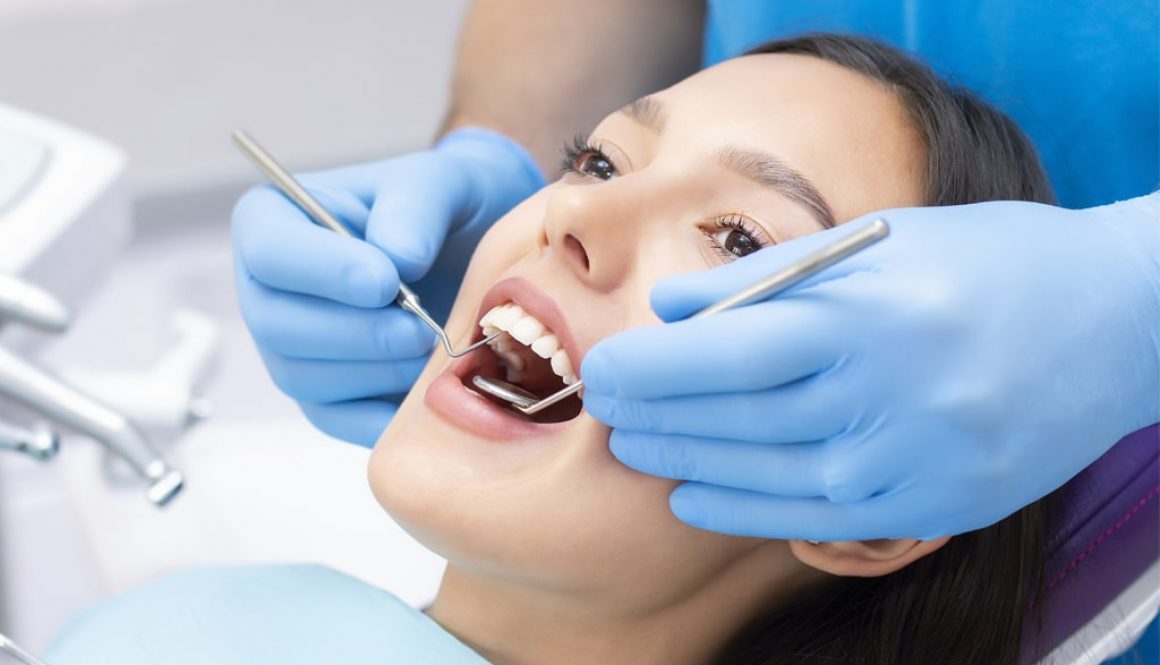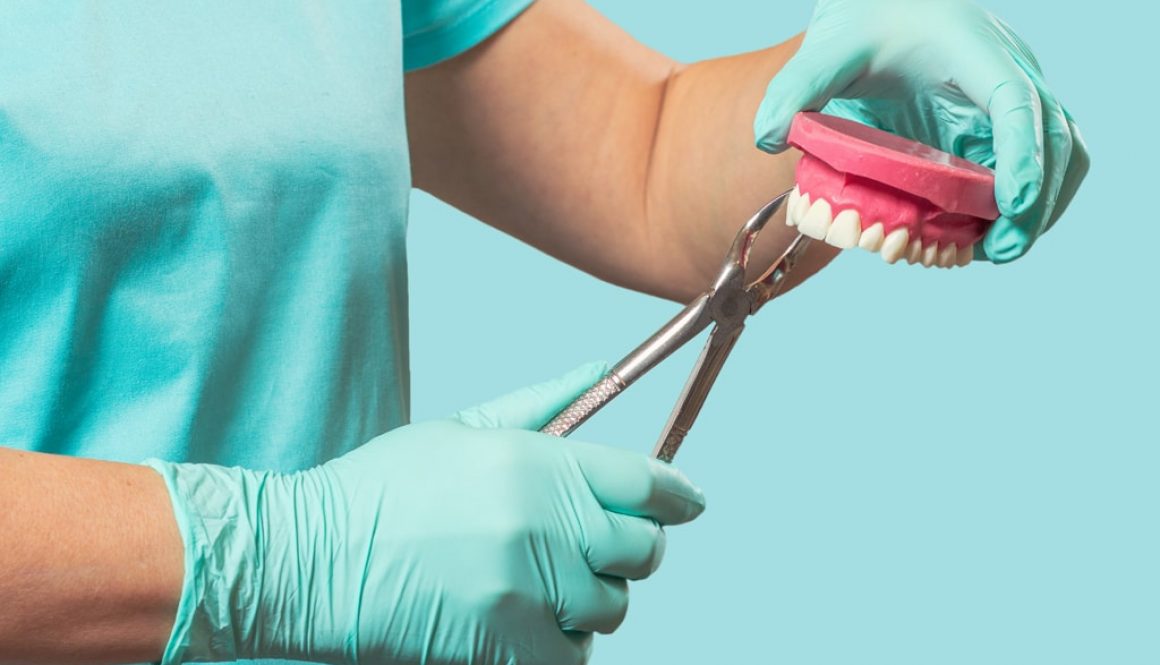What To Do When A Dental Emergency Happens?
Blog
What To Do When A Dental Emergency Happens?
Introduction:
We have compiled this article on “What To Do When A Dental Emergency Happens?“. The reference links are at the bottom of the article.
[1]Part of the oral health care in the care network encompasses users in emergency cases. This study proposed mapping the determinants of the use of dental care services within the health care network to address dental emergencies within the Brazilian Unified Health System (UHS) and to verify the main gaps in the research in this area. This is a scoping review that took place in 2018 using Andersen’s behavioral model as a reference. A total of 16 studies, out of 3786 original articles identified, were included and reviewed. Two reviewers independently conducted the selection process and the decision was consensually made. The mapping of the determinants revealed a greater number of enabling factors and a larger gap in the results.
Greater use of the emergency service was registered by people in pain, women, adults, those from an urban area, people with a lower income, and those with less education. In future studies, primary surveys are recommended, which include all ages, and analyze different groups of needs and users that take into account the country’s northern region and the different subjects pointed out by this review.
[2]Methods
The medical records of 4158 dental emergency patients in 2019 and 2020 were retrospectively analyzed and divided into pre-SARS-COV-2 group and SARS-COV-2 group according to time. The demographic data, date and time, diagnosis, and treatment methods of the two groups were statistically described, and the chi-squared test was used to analyze the differences. The medical records of 4158 dental emergency patients during the same period of two years in 2019 and 2020 were retrospectively analyzed and divided into SARS-COV-2 pre-group and SARS-COV-2 group according to time. The demographic data, date and time, diagnosis and treatment methods of the two groups were statistically described, and the chi-square test was used to determine the differences.
Data Sources And Grouping
All the patients presenting to the dental emergency service of the National Clinical Research Center for Oral Diseases, Department of Dental Emergency, West China Hospital of Stomatology, Sichuan University, located in Chengdu, Sichuan, China, were included in the present study. It is an important dental emergency center in western China. The emergency center is open from Monday to Sunday from 0:00 to 24:00 every day. Information, including dental emergency patients’ demographic data, diagnoses, treatment methods, and the use of antibiotics and analgesics collected from January 20 to March 8, 2020, comprised the SARS-COV-2 group data.
In order to better compare the changes of dental emergency patient visits before and after the epidemic, and avoid the influence of time, season and other mixed factors, we set the data during the same period (from January 21 to March 10, 2019) as the control group (pre-SARS-COV–2 group). Screening criteria included data from 4158 visitors with definitive disease diagnosis and complete medical records in the dental emergency center before the pandemic.
Classification
A retrospective investigation of the patients was carried out to analyze demographic data: sex (male, female), age (0–18 years old in the juvenile group, 19–45 years old in the youth group, 46–65 years old in the middle-aged group, ≥ 66 years old in the elderly group), the period (weekly trend changes, daily trend changes), the dental emergency treatment approaches, including drug use (antibiotics/analgesics) and local treatment.
Diagnoses
According to the standards of the International Classification of Diseases, 10th edition (ICD-10) the following seven categories of dental emergencies preliminarily diagnosed by pre-hospital physicians were included in this study:
- Group 1: Acute pulpitis (K04.0) and/or acute apical periodontitis (K04.4)
- Group 2: Acute gingivitis (K05.0) and/or acute pericoronitis (K05.2)
- Group 3: Temporomandibular joint disorders (K07.6)
- Group 4: Cellulitis and abscess of the oral cavity (K12.2)
- Group 5: Open wound of the lip and oral cavity (S01.5)
- Group 6: Fracture of tooth (S02.5)
- Group 7: Others (non-emergency diseases, including diagnoses related to a prosthesis, aesthetic, recall, or maintenance)
Statistical Methods
Statistical analyses were performed using SPSS (version 20.0). The data were normally distributed and presented as means ± standard deviations. A chi-squared test was used to analyze the distribution between groups. Statistical significance was defined at P < 0.05.
Results
During the SARS-COV-2 pandemic, the number of dental emergency visits increased by 29.7%. During the pandemic, males (n = 286, 58.1%) were more likely to visit dental emergency centers for trauma than females (n = 206, 41.9%) (P < 0.05); females (n = 242, 60.8%) were more likely to visit dental emergency centers for acute gingivitis and acute pericoronitis than males (n = 156, 39.2%) (P < 0.05). A major change in diagnosis was related to acute pulpitis (K04.0) and acute apical periodontitis (K04.4), which increased by 9.2%; acute gingivitis (K05.0) and acute pericoronitis (K05.2) increased by 3.5%; open wound of the lip and oral cavity (S01.5) decreased by 17.9%; other conditions (non-emergency diseases) increased by 6.8%, compared with the pre-SARS-COV-2 period. Among the treatment modalities, during the pre-SARS-COV-2 period, 304 patients (17.7%) received a prescription for antibiotics and analgesics, and 1485 (86.5%) received a prescription for local treatment. During the SARS-COV-2 period, 958 (39.2%) received a prescription for antibiotics and analgesics, and 1636 (67.0%) received a prescription for local treatment.
Conclusion:
Thank you for reading this article, and check back frequently for other dental health articles. Should you have any questions, please contact Apple Tree Dental today!
Article compiled by Apple Tree Dental
Article reference links

















